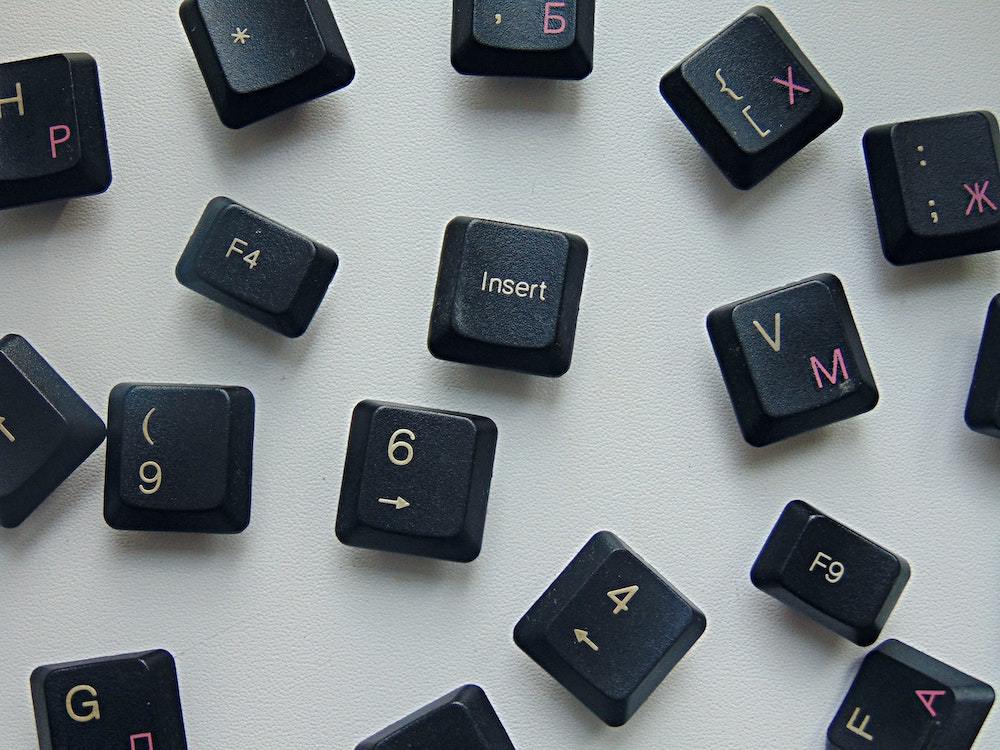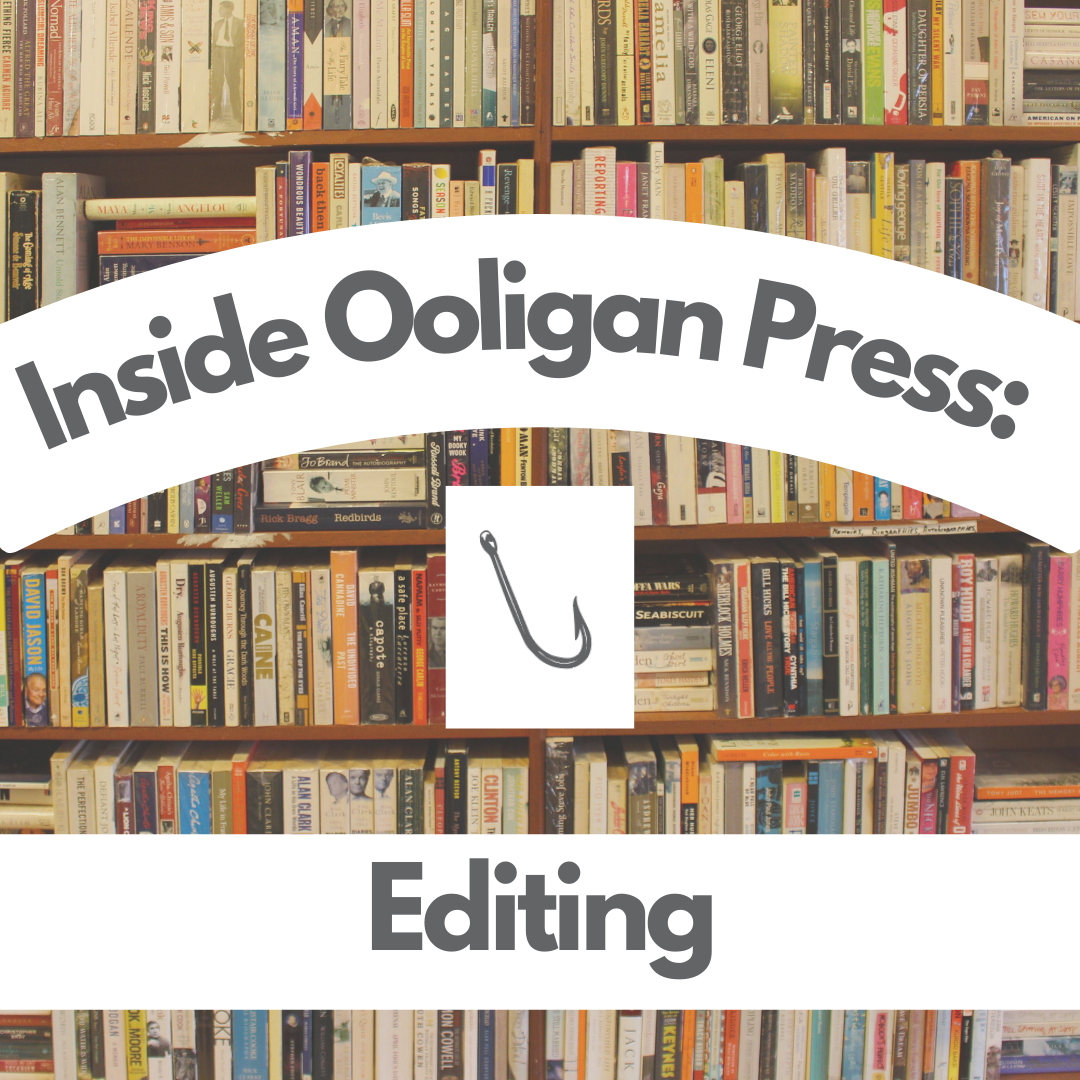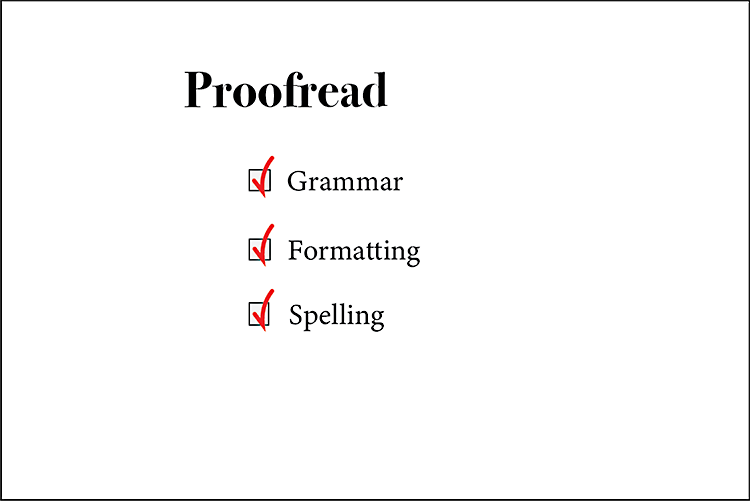XML, HTML, CSS, and XHTML: Definitions and Uses
The digital side of the publishing industry (and of any industry) includes a lot of acronyms, especially when referring to coding. You have probably heard or read about XML, HTML, CSS, and XHTML. But do you know what they mean? Have you ever wondered how they are used?



